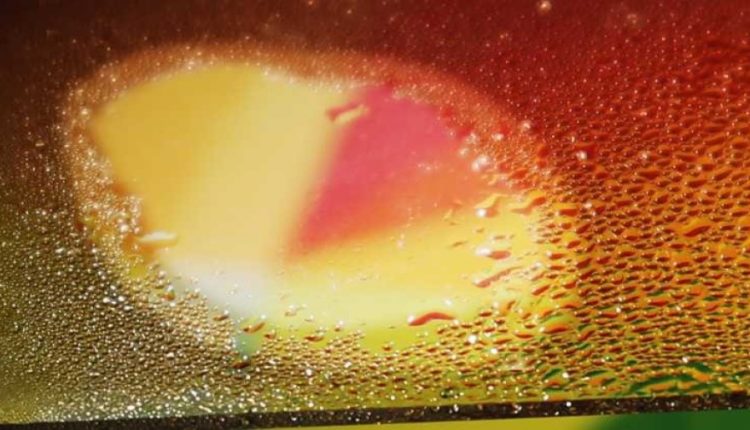
Eliminating Glass Fog with Gold Nanoparticles and Solar Power
A durable transparent surface coated with gold nanoparticles embedded in titanium oxide can clear fogged surfaces four times faster than surfaces treated with other anti-fog agents, says the lead author of a recent ETH study. The coating heats the surface up by 3 to 4 degrees Celsius, thus preventing fogging of glasses, goggles, camera lenses, and car windshields.
“Our coating absorbs the infrared component of sunlight along with a small part of the visible sunlight and converts the light into heat,” explains Christopher Walker, lead author of the study. “Spray treatments often lose their effect after a while because the anti-fog film dries up or becomes unevenly distributed,” Walker says. “A durable coating like ours lasts much longer than a spray treatment, which you have to apply virtually on a daily basis,” he adds.
Efstratios Mitridis, one of the study’s co-authors, explains what makes the new surface coating so special: “Normally, it’s dark surfaces that absorb light and convert it into heat,” he says, “but we’ve created a transparent surface that has the same effect.” Spray treatments usually involve coating the lens or glass surface with hydrophilic agents that attract water. Condensation then forms a thin, even liquid film rather than separate droplets, and it’s on this principle that existing anti-fog agents work.
But the ETH nano-coating works passively using sunlight, which eliminates the need for warm air circulating from the in-vehicle heating system to defog the front windscreen and the electrical heating grid elements used to defrost the rear window.
“We’re looking to refine our already robust coating to ensure it lasts for years, and we want to take the technology from lab scale to industry scale,” Walker says. With a huge range of potential applications, from automotive windshields to ski goggles, vision-correcting eyewear and diving masks, Walker and ETH colleagues plan to bring their coating to market through collaboration with an industry partner.
Source: ETH Zurich
